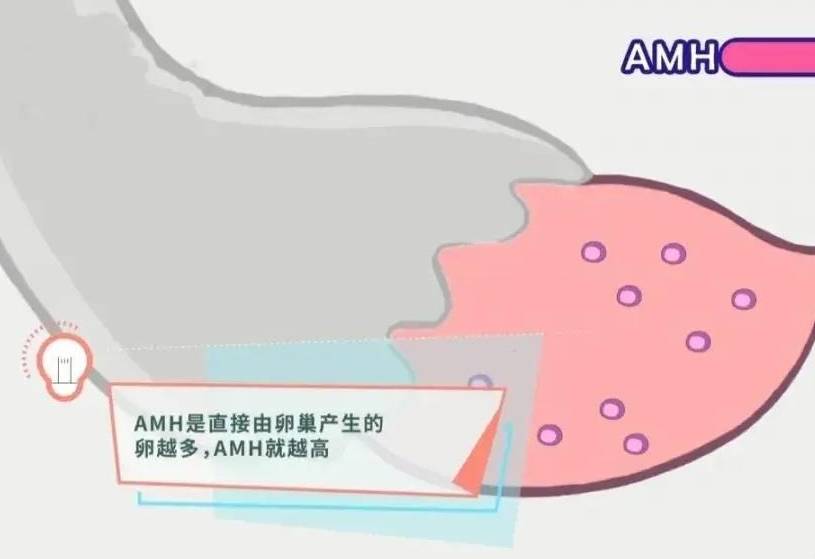AMH is an important reproductive hormone and a key indicator in assessing female fertility. By measuring AMH levels, we can understand a woman’s ovarian reserve, predict fertility potential, and provide valuable information for the diagnosis and treatment of infertility.
What is AMH?
AMH is mainly secreted by the granulosa cells of the ovaries and regulates follicle development. Serum AMH levels can serve as a biomarker for ovarian reserve function, reflecting the quantity and quality of eggs in the ovaries; it is also a marker of ovarian responsiveness during controlled ovarian stimulation. It plays an important regulatory role in the reproductive system.
What is the function of AMH?
The number of primordial follicles in females is determined at birth. The main function of AMH in females is to inhibit the development and maturation of follicles, preventing follicle pool exhaustion. By suppressing follicle growth, it helps maintain ovarian reserve, thus affecting female fertility.
The relationship between AMH and fertility
AMH levels are one of the indicators for assessing female fertility. Generally, women with higher AMH levels have stronger follicle reserves, leading to higher fertility potential. Conversely, women with lower AMH levels may indicate reduced follicle reserve function, which could impact their fertility.
Applications of AMH
AMH testing plays an important role in the diagnosis and treatment of infertility. For women who wish to understand their fertility potential, AMH testing can assess ovarian reserve function, predict ovarian responsiveness, screen for polycystic ovary syndrome, and assist in predicting menopause. Additionally, AMH can be used to evaluate the recovery of ovarian function, such as after chemotherapy or surgery for ovarian tumors. Furthermore, AMH can assist in diagnosing precocious puberty, delayed sexual development, and distinguishing disorders of sex development.
Methods for AMH testing
Currently, AMH testing is primarily conducted through blood samples. This testing method is simple, quick, and can be performed at any time. By measuring AMH levels, it can assist doctors in evaluating a woman’s ovarian reserve and predicting fertility potential.


